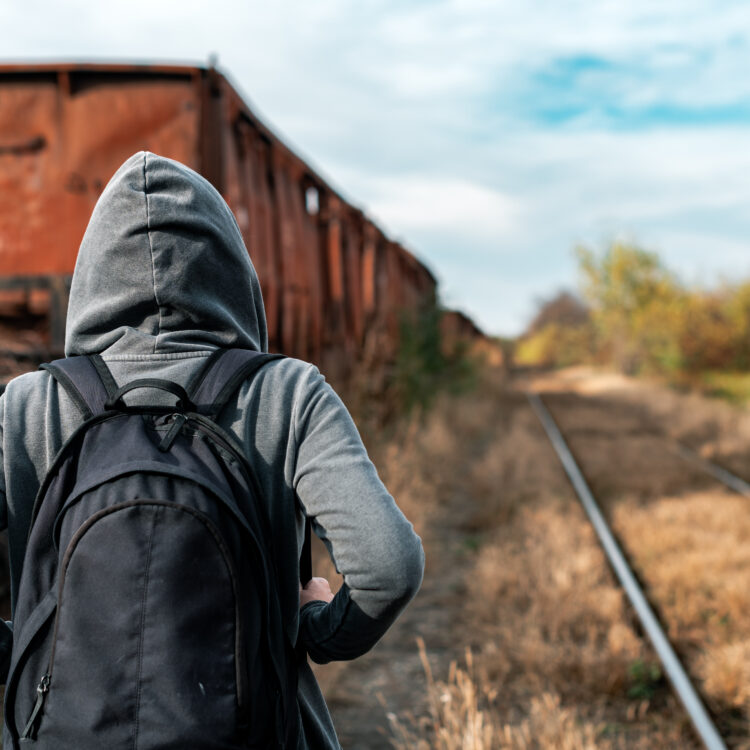Every night, thousands of homeless youth in Washington go to sleep without the safety, stability, and support of a family or home. The Office of Homeless Youth Prevention and Protection Programs (OHY) leads statewide efforts to reduce and prevent homelessness for youth (ages 12-17) and young adults (ages 18-24) by partnering with community programs to establish ongoing and future funding, policy, and best practices.
Advocacy efforts led by young people helped passed the Homeless Youth Act in 2015 to create OHY and establish its five priority service areas:
- Stable Housing: Every youth has a safe and healthy place to sleep.
- Family Reconciliation: Families are reunited when safe and appropriate.
- Permanent Connections: Youth have opportunities to establish positive, healthy relationships with adults.
- Education and Employment: Youth have opportunities to advance their education or training and obtain employment.
- Social and Emotional Well-Being: Youth have access to behavioral and physical health care; services nurture each youth’s strengths and abilities.
Vision
Every family and youth in Washington State has the individualized support they need so that no young person has to spend a single night without a safe and stable home. Every community has services that are equitable, accessible, effective, responsive, and coordinated.
Youth of color, those who identify as LGBTQ2+, and those with disabilities experience homelessness and housing instability at higher rates than their peers. OHY strives to achieve equity for these youth and places youth at the center of funding, practice, and policy decisions.
OHY Resources for Youth and Young Adults
OHY Program Grants
OHY Technical Assistance
Youth Homelessness Prevention
Homeless Youth Prevention and Protection Advisory Committee
The 2024 “Yes to Yes” Washington State: Unaccompanied Youth and Young Adult Homelessness Landscape Scan was co-authored by the Office of Homeless Youth and A Way Home Washington with research coordinated by System Change Partners and support provided by the Raikes Foundation and Shultz Family Foundation. This report serves as a comprehensive reflection of the strides made since the last landscape scan in 2016.





